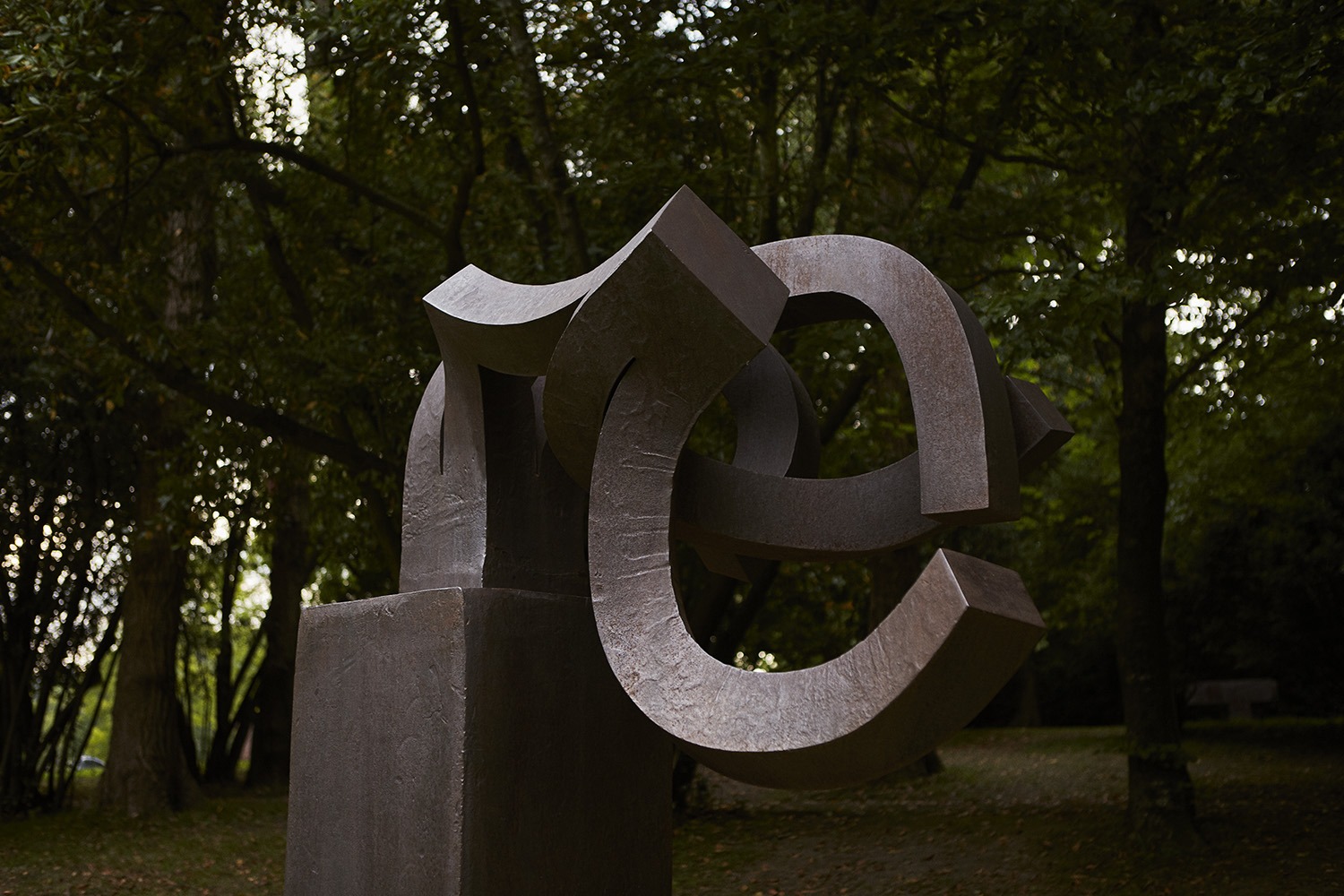It may be a consequence of the strange times we are living in, but as I enter Chillida Leku —in the month of July, shortly after the museum’s reopening after coming out of lockdown —a feeling of peace and harmony with the world flows through my body.
Flowers by Dutch landscape artist Piet Oudolf decorate the entrance to this temple of artistic contemplation. Crossing the threshold of purple, pink and yellow, I am immersed in the personal universe of a poet of space named Eduardo Chillida.
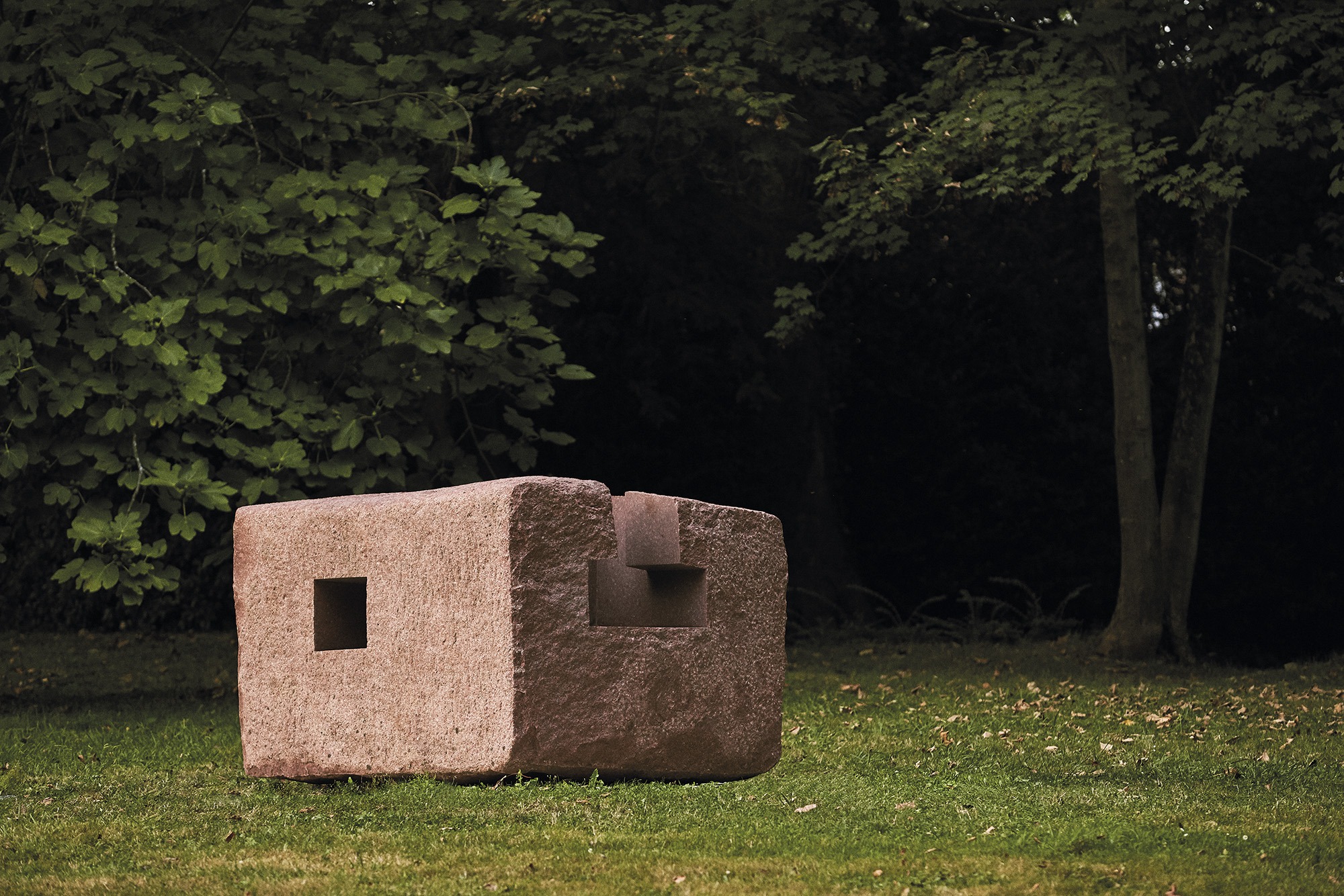
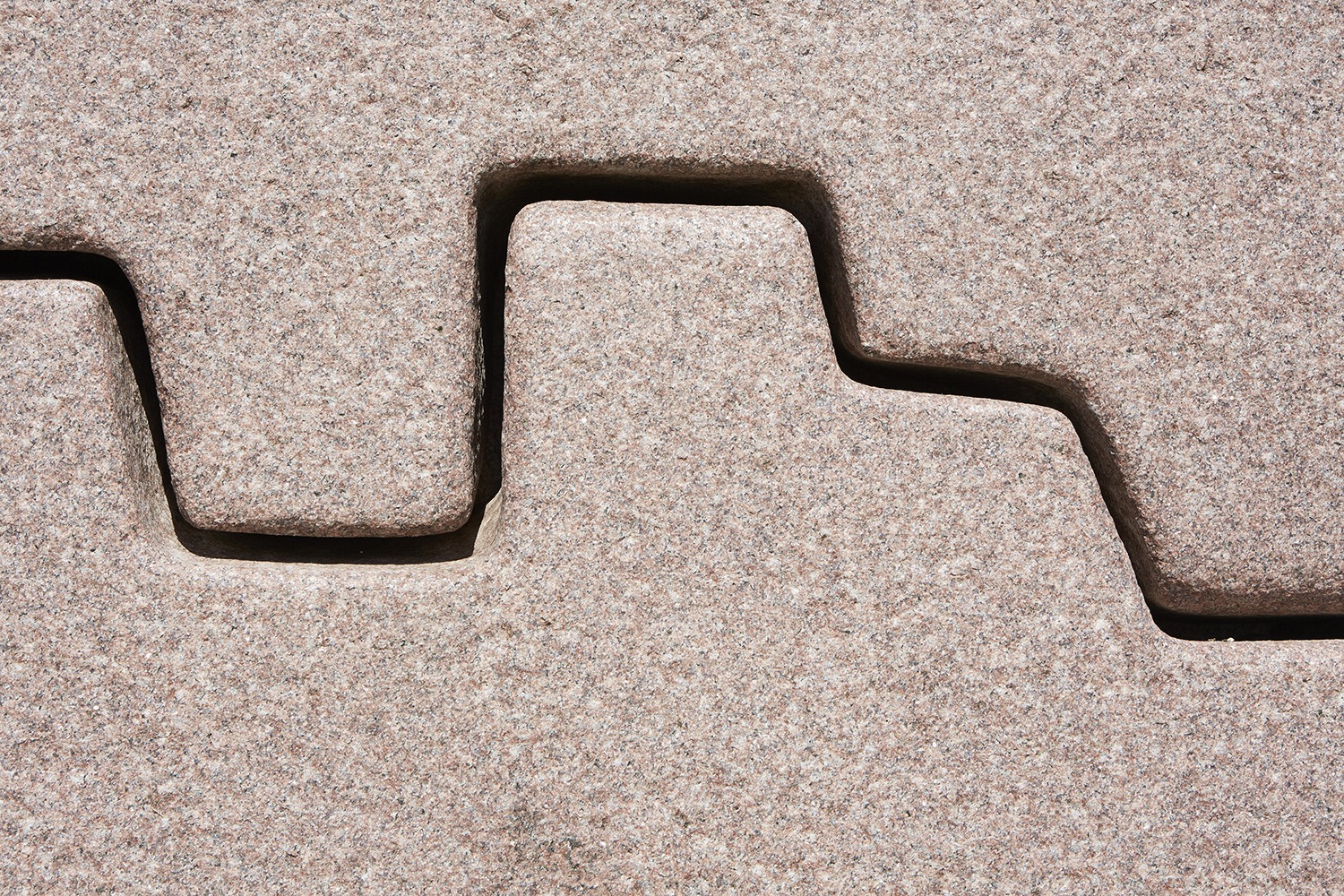
Despite past difficulties, the museum is now celebrating its twentieth anniversary. Opened by the Chillida family in 2000, the museum encountered financial problems, leading the heirs of the sculptor —who had died in 2002— to attempt to save this cultural asset by seeking government assistance, although this didn’t come to much.
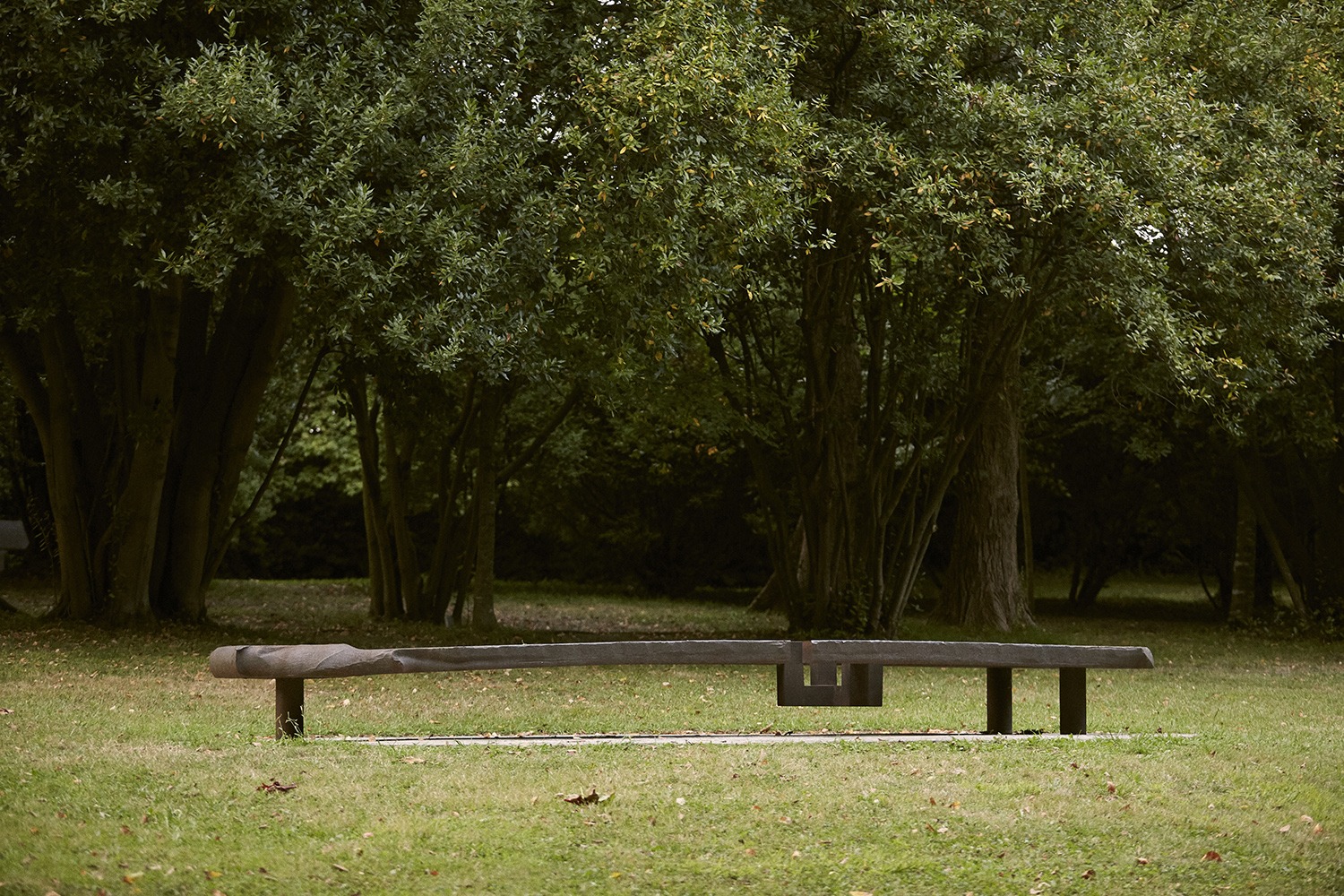
After being closed to the public since 2011, Chillida Leku resumed its activity last year thanks to an agreement the sculptor’s family signed with the Swiss art gallery Hauser & Wirth. Under its terms, the family would keep their property and continue to play a key role in this new phase, in which the museum has become more open to the public than ever before. Film nights, dance performances and poetry recitals are some of the outdoor activities it has hosted throughout the summer.
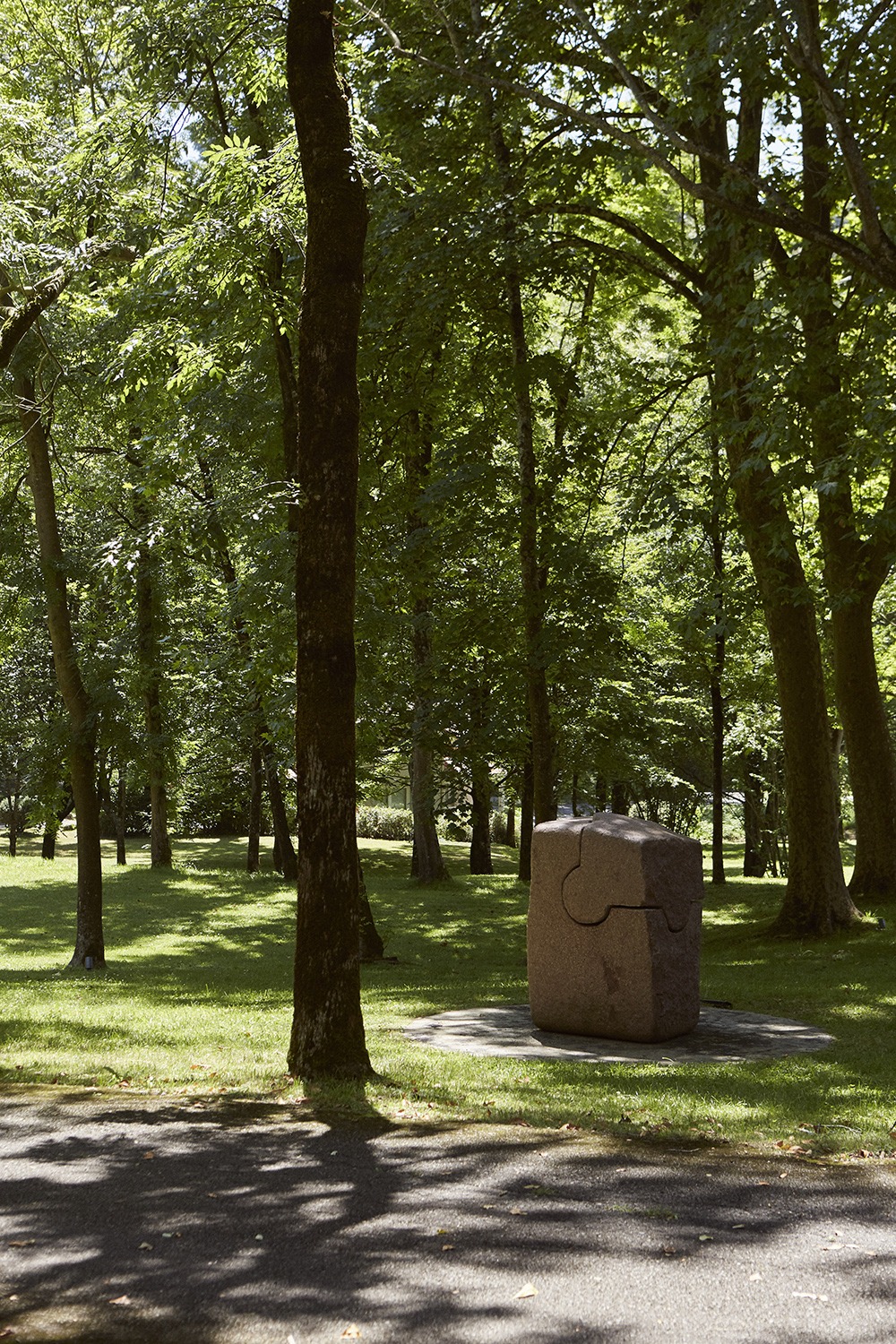
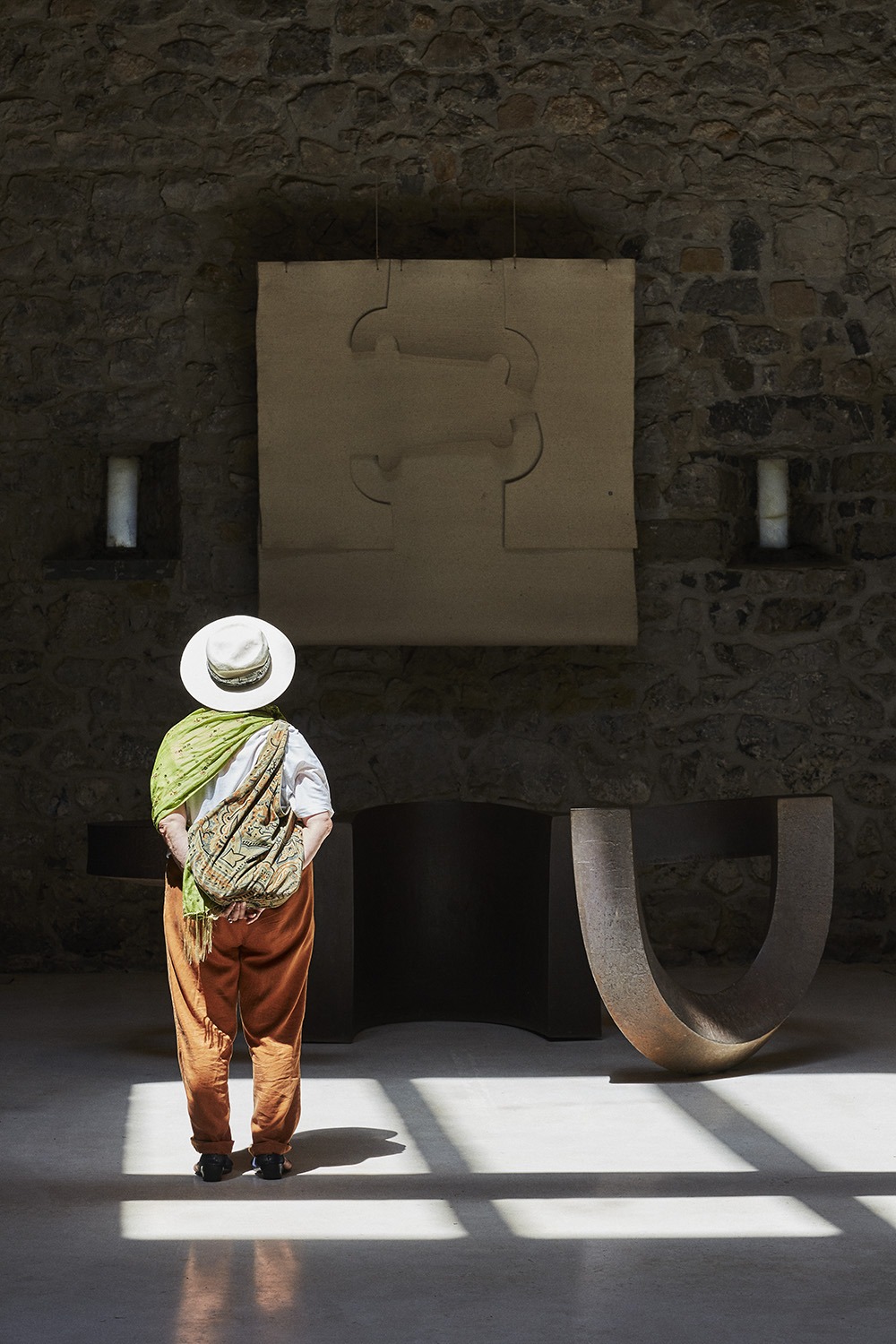
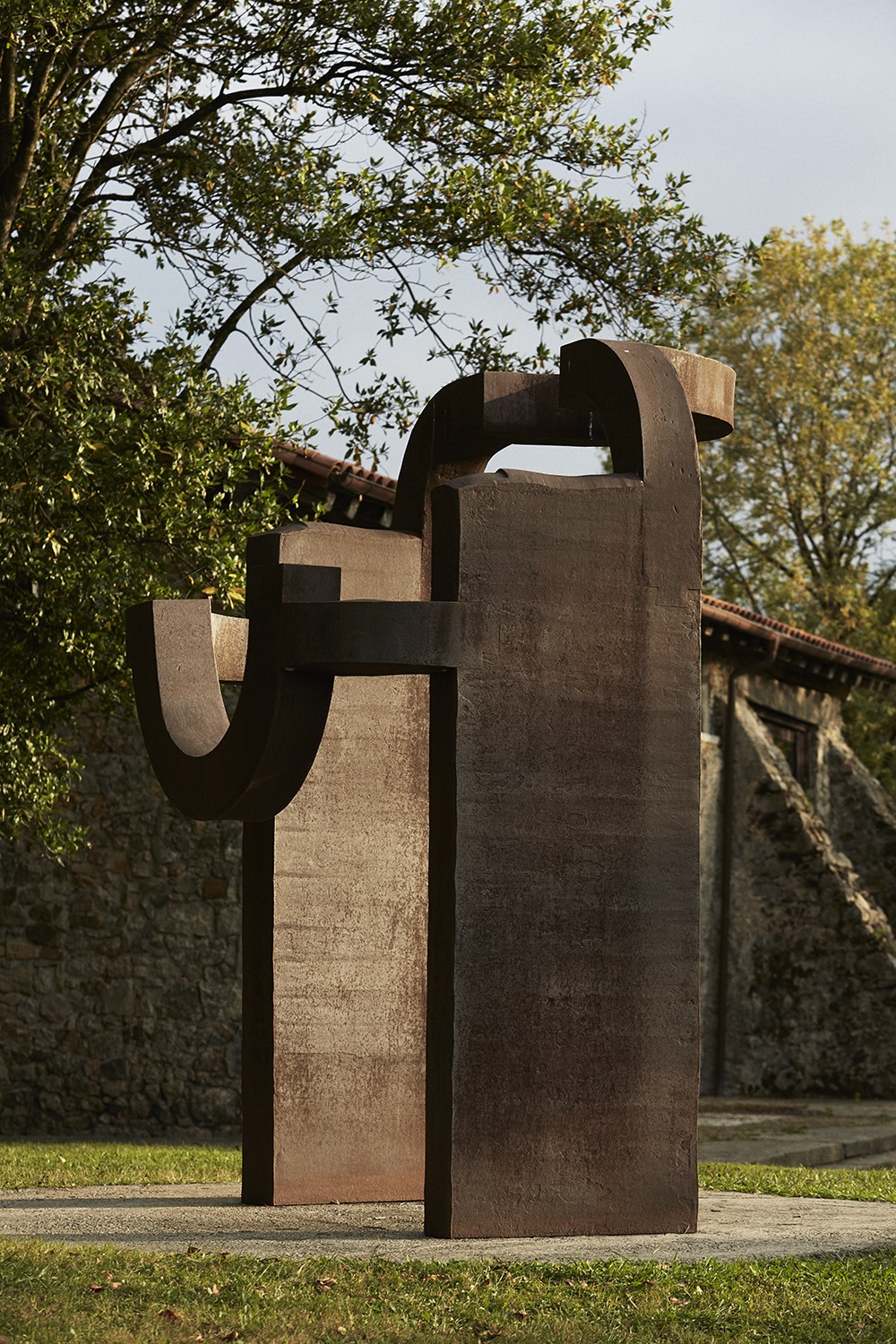
People visiting Chillida Leku can wander about the space, guided by their own intuition and following the fragrance —in the artist’s own words— of the works. The beech, magnolia and oak trees form a part of the museum’s permanent exhibition. Amidst all this nature, I try to capture in my mind the anatomy of the sculptures that I encounter, but they stand defiant, taking on new and different meanings, their silhouettes actually transforming with every step I take. The museum that Chillida masterminded more than thirty years ago is one of those places that affects you on the inside. I like to think of the Basque sculptor’s personality in the same light: kind, charismatic, curious and deliciously stubborn.
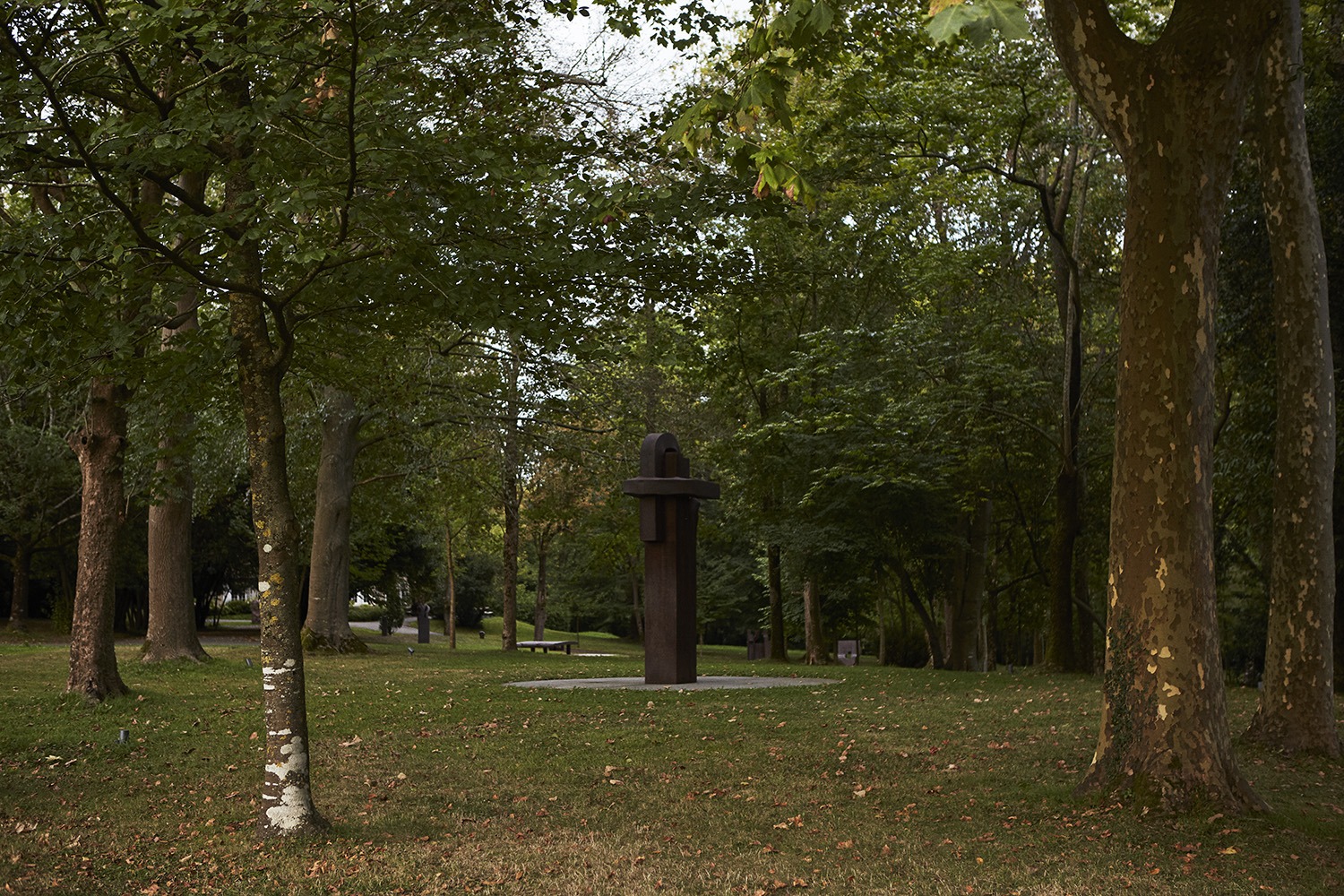
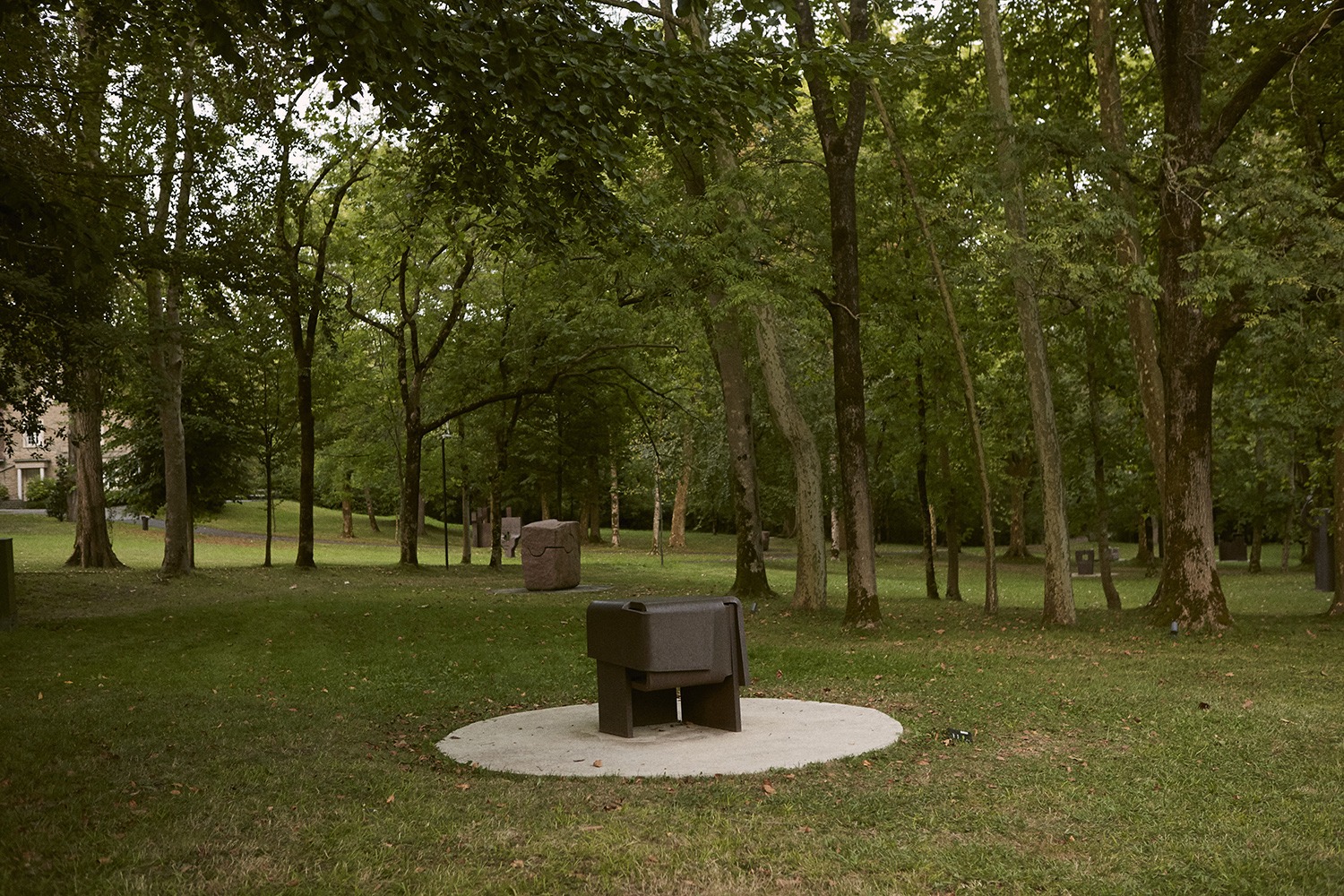
A few tourists take shelter from the sun under the canopy of the trees surrounding the broad esplanade leading from the entrance, while one of the museum guides explains how, together with his wife Pilar Belzunce, Chillida acquired Zabalaga Estate in 1983. Here, with the farmhouse as the central piece, he began to bring to life the idea that had been going round in his head since his return from Paris thirty years earlier. “One day I dreamt of a utopia: finding a place where people would walk among my works as in a forest.” Chillida had returned from the French capital with the intention of unlearning, of moving away from external influences. He needed to find his own light and to avoid replicating what cultures like the Greeks had already done, with a Mediterranean light that was not his own.
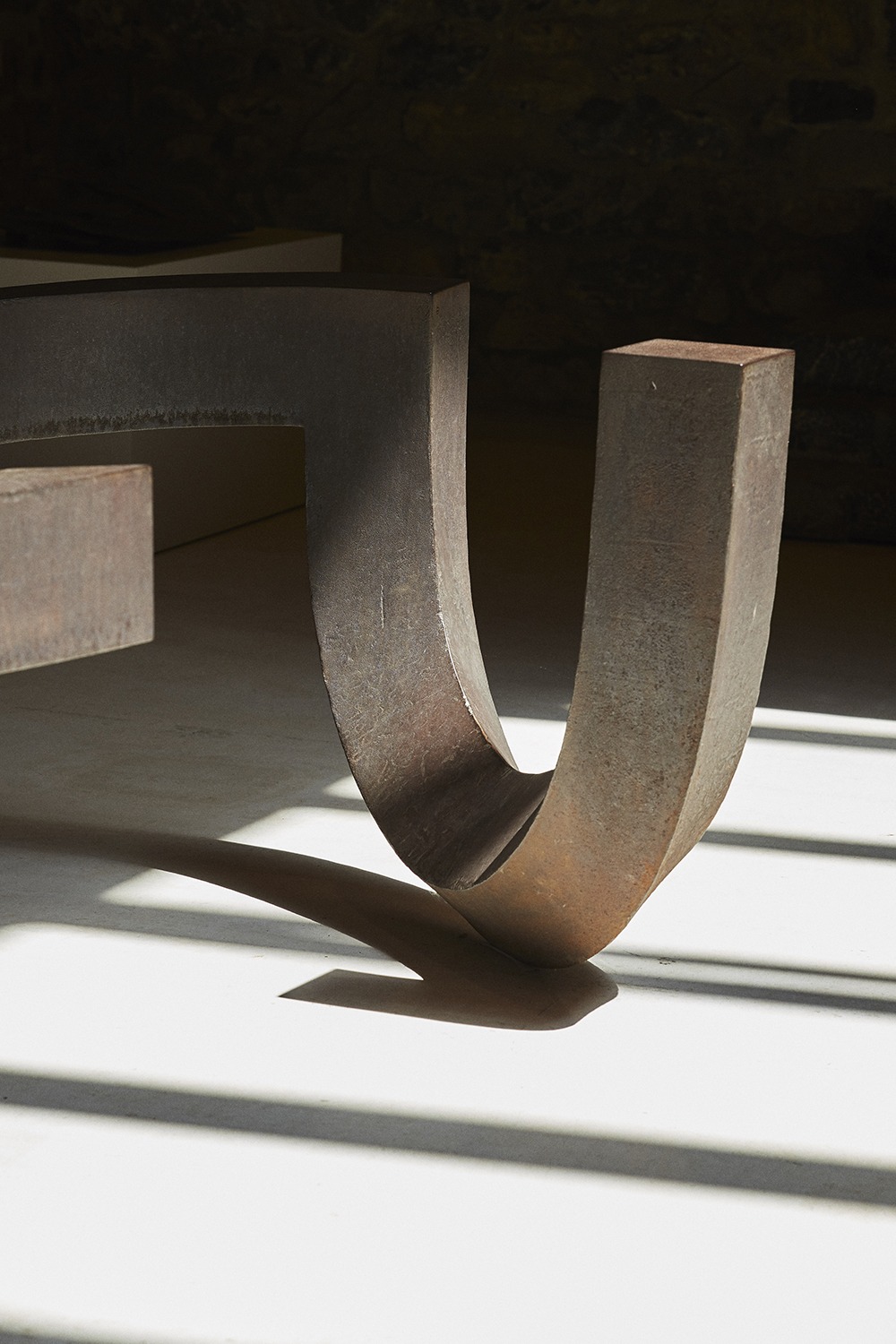
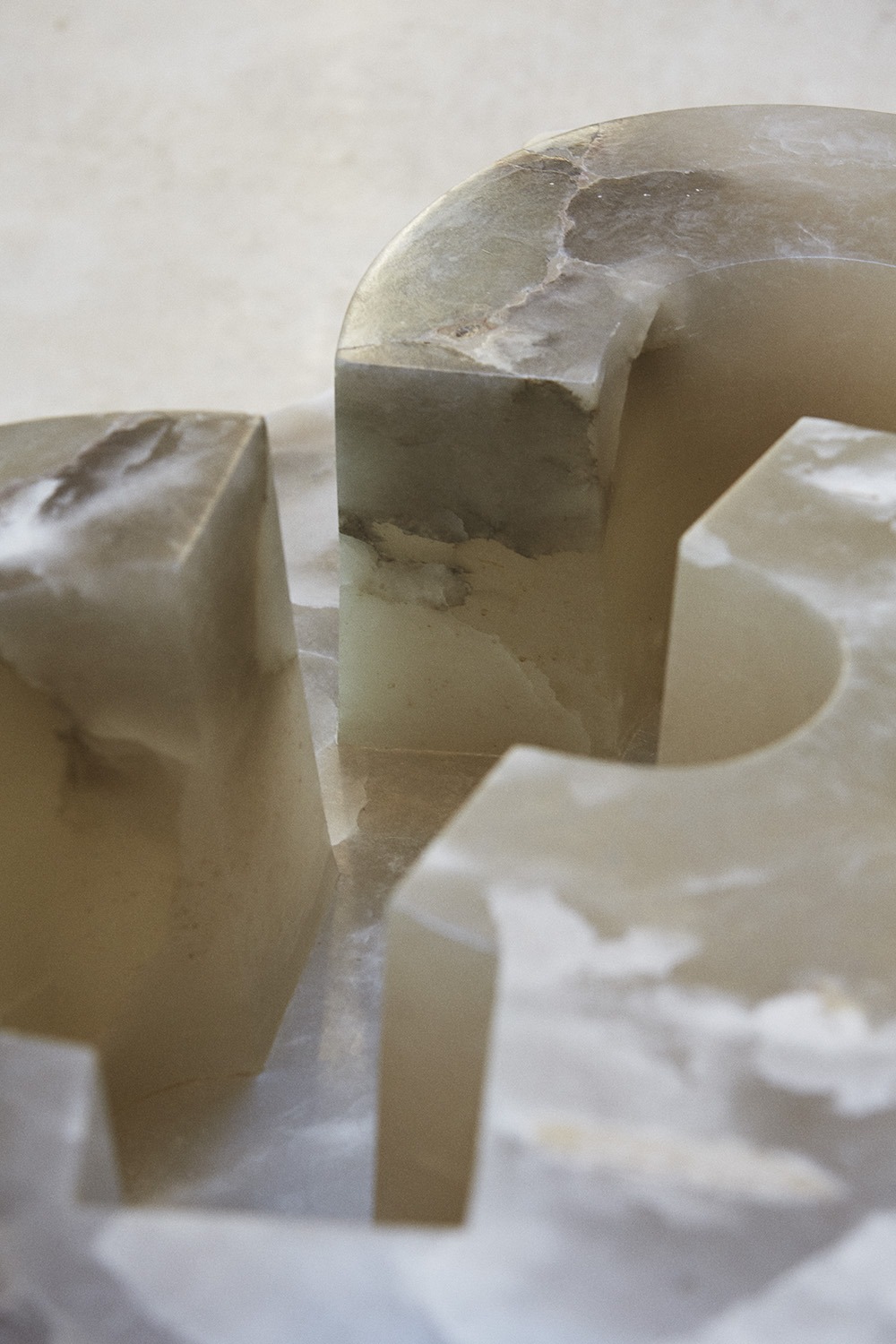
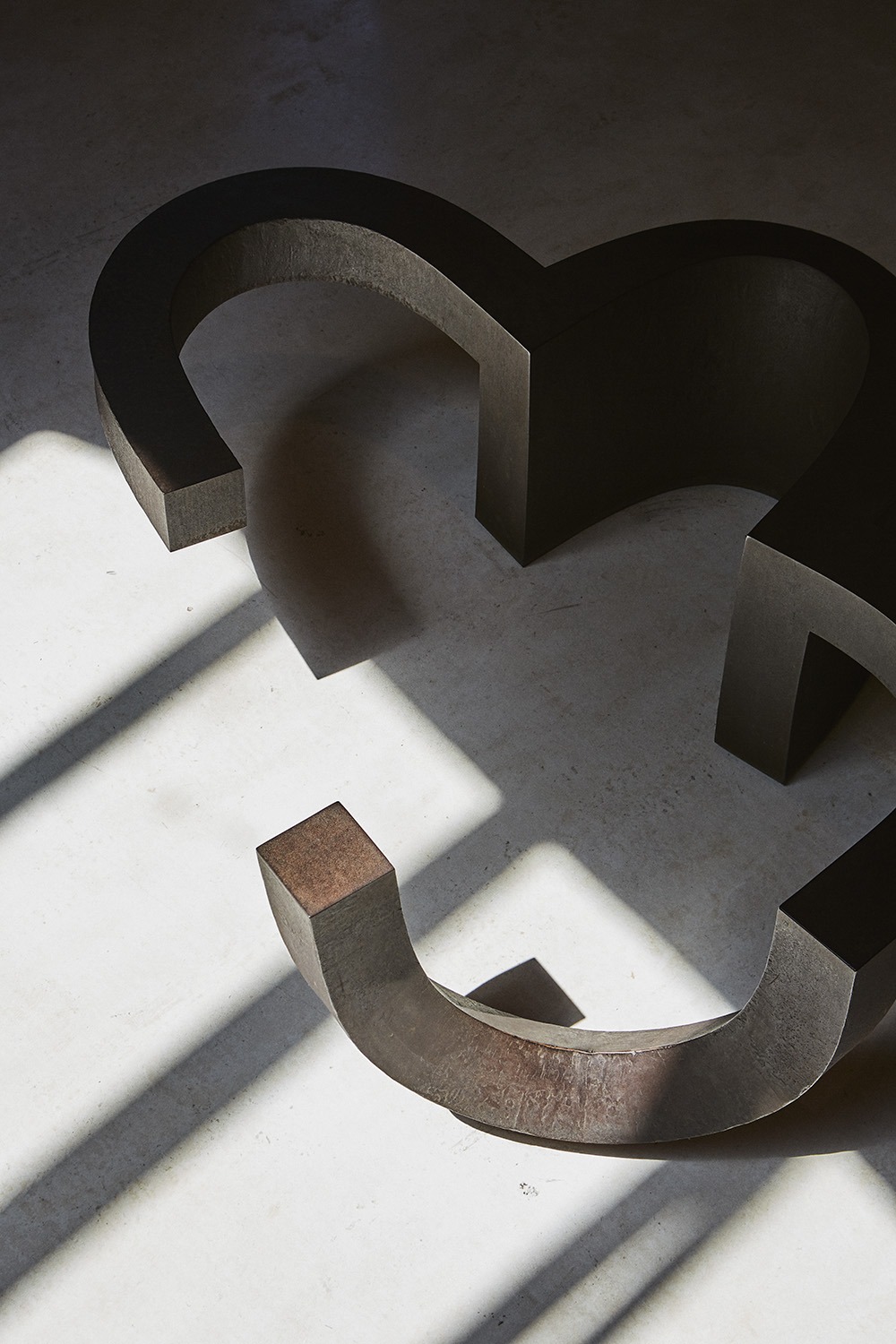
The essence of the wooden sculptures made at the beginning of the 1960s —whose Basque name, Abesti Gogorra, means ‘raw edge’— connect with the farmhouse of the same name, which symbolises Chillida’s return to his roots. “I feel my place is the Basque Country, like a tree that is suited to the land it grows on, but with its arms stretched open to the world. I’m trying to do a man’s work, my work, because it’s me doing it, and since I’m from here, that work will have particular qualities, a dark light, which is what we have.”
His view of sculpture changed with the discovery of iron at a foundry near his home in Hernani. He was fascinated by the darkness of that space, the heat of the flames, the incandescent light and the sound of the hammer hitting the anvil; but it was the direct physical encounter with the material that ended up captivating him. He began to work the iron by curving and bending it while hot, without any welding, by giving it shape while allowing it to freely expand and express itself. It was then that he began to question the relationship between matter and space, especially with voids.
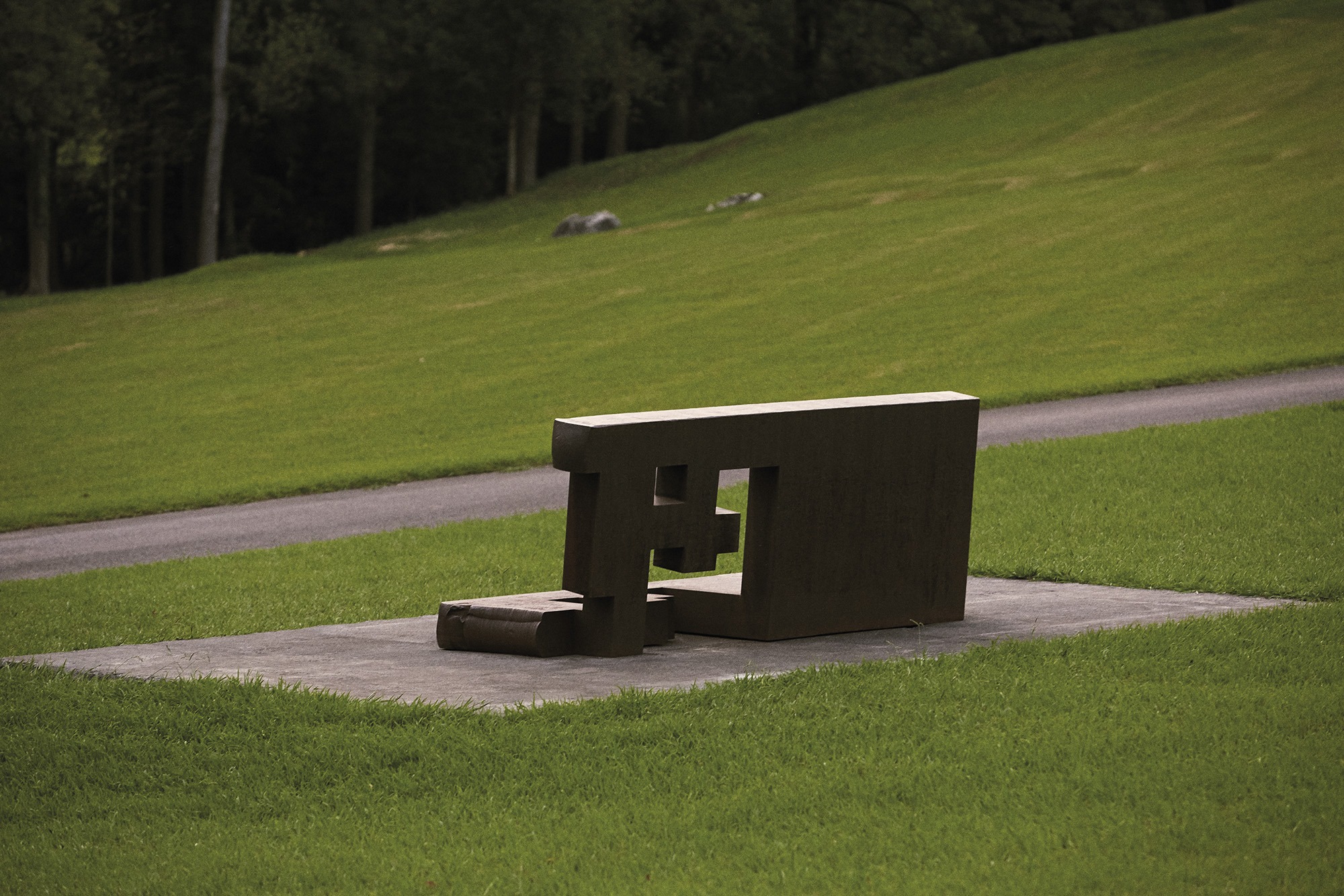
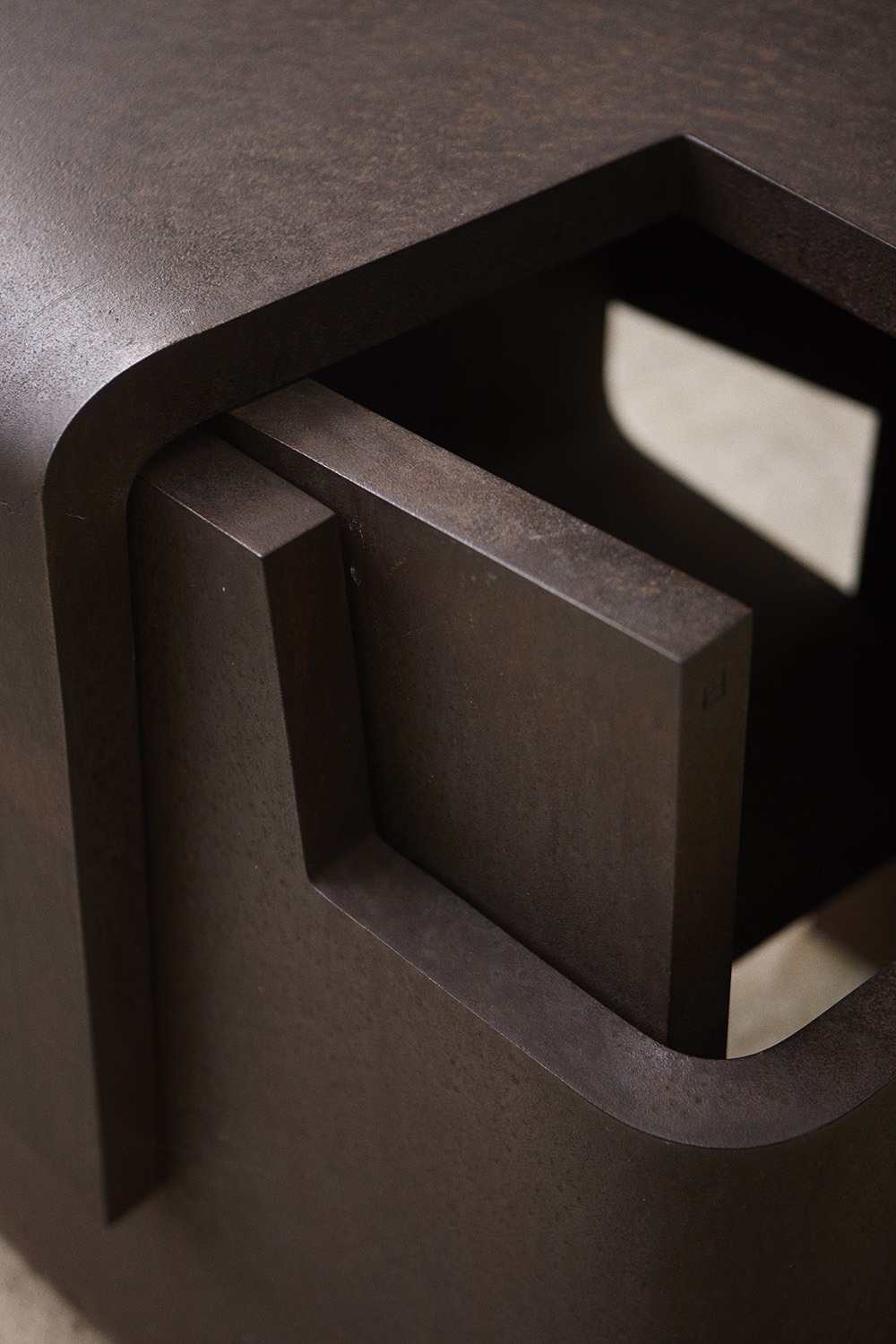
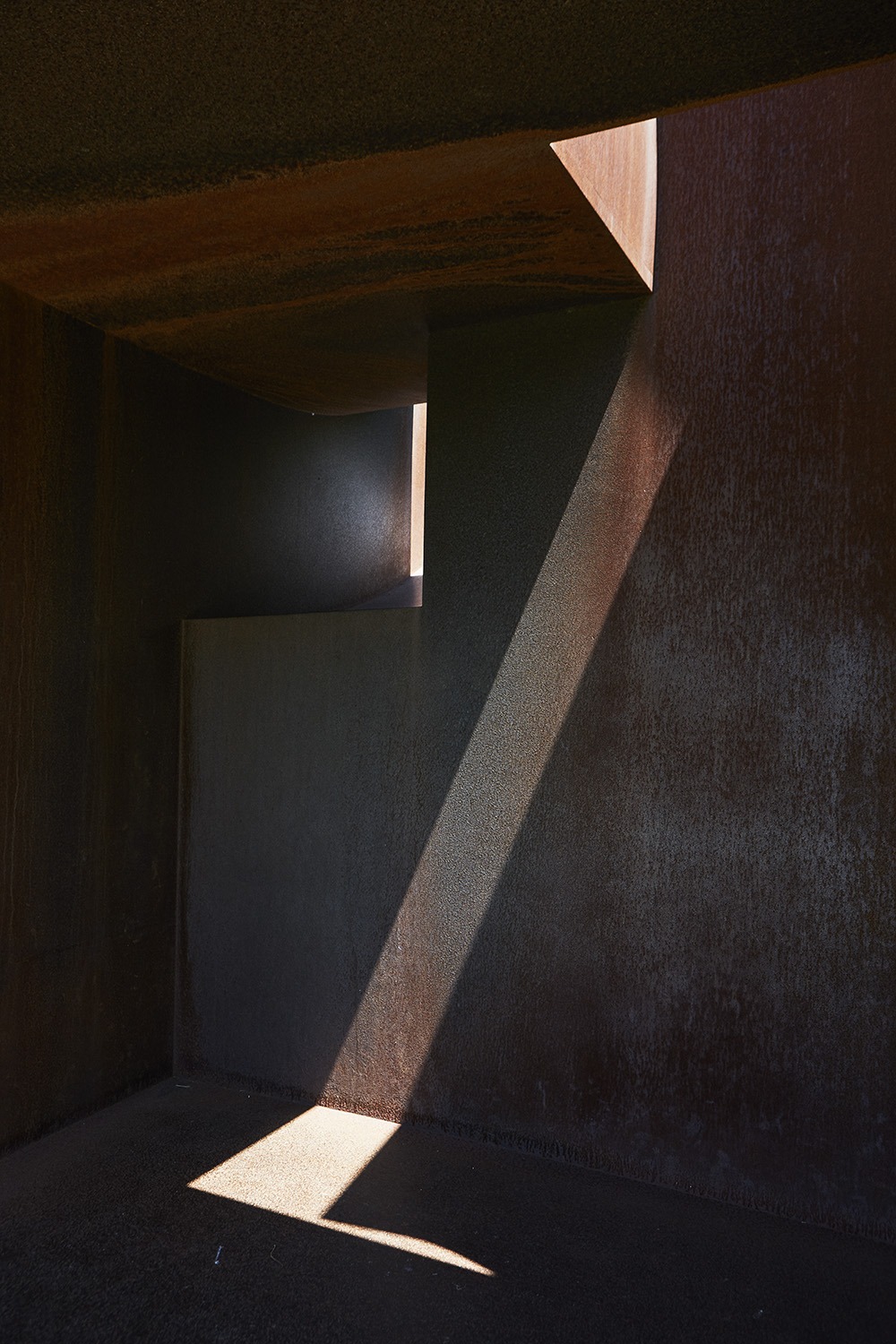
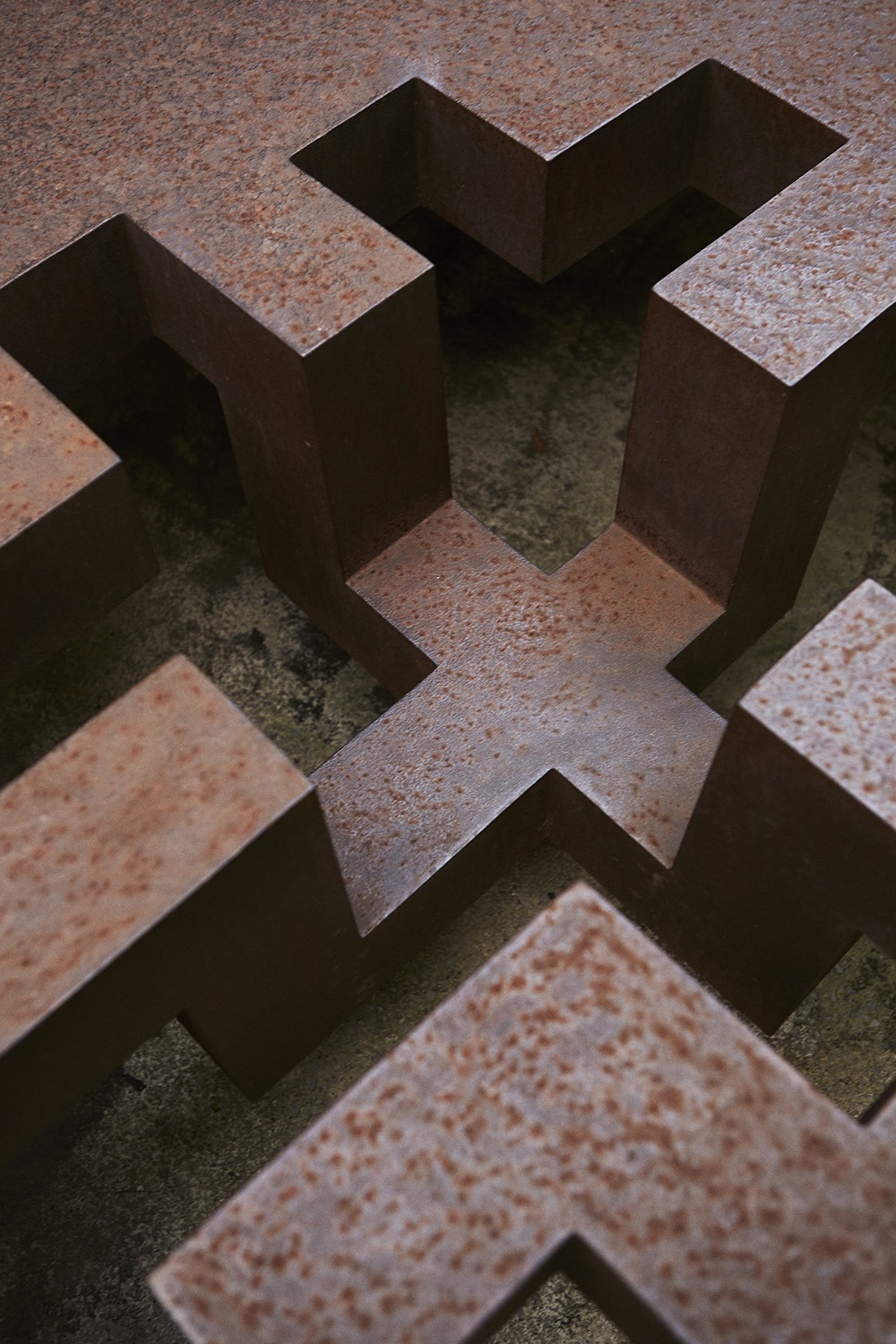
Copper, chrome and nickel were elements that he used to preserve his works against corrosion by forming a protective layer. He brought back pink granite from his trip to India in the 1970s. In his desire to maintain the appearance of the exterior of this stone, the sculptor created spaces with smooth surfaces in its interior. His intention is evident in Lo profundo es el aire [How profound is the Air], whose title comes from a poem written by his friend, the poet Jorge Guillén. His words resounded in Chillida’s universe as a kind of mantra inviting him to sense what happens in the void, to read between the shapes and to feel what cannot be seen. Many of the questions he tried to answer about space, material, limits and voids would return to him time and again, giving rise to different series or families of sculptures such as De Música [On Music] III, Harria [Stone] IV, Consejo al Espacio [Advice to Space] IV and Lotura [Bond] XXXII.
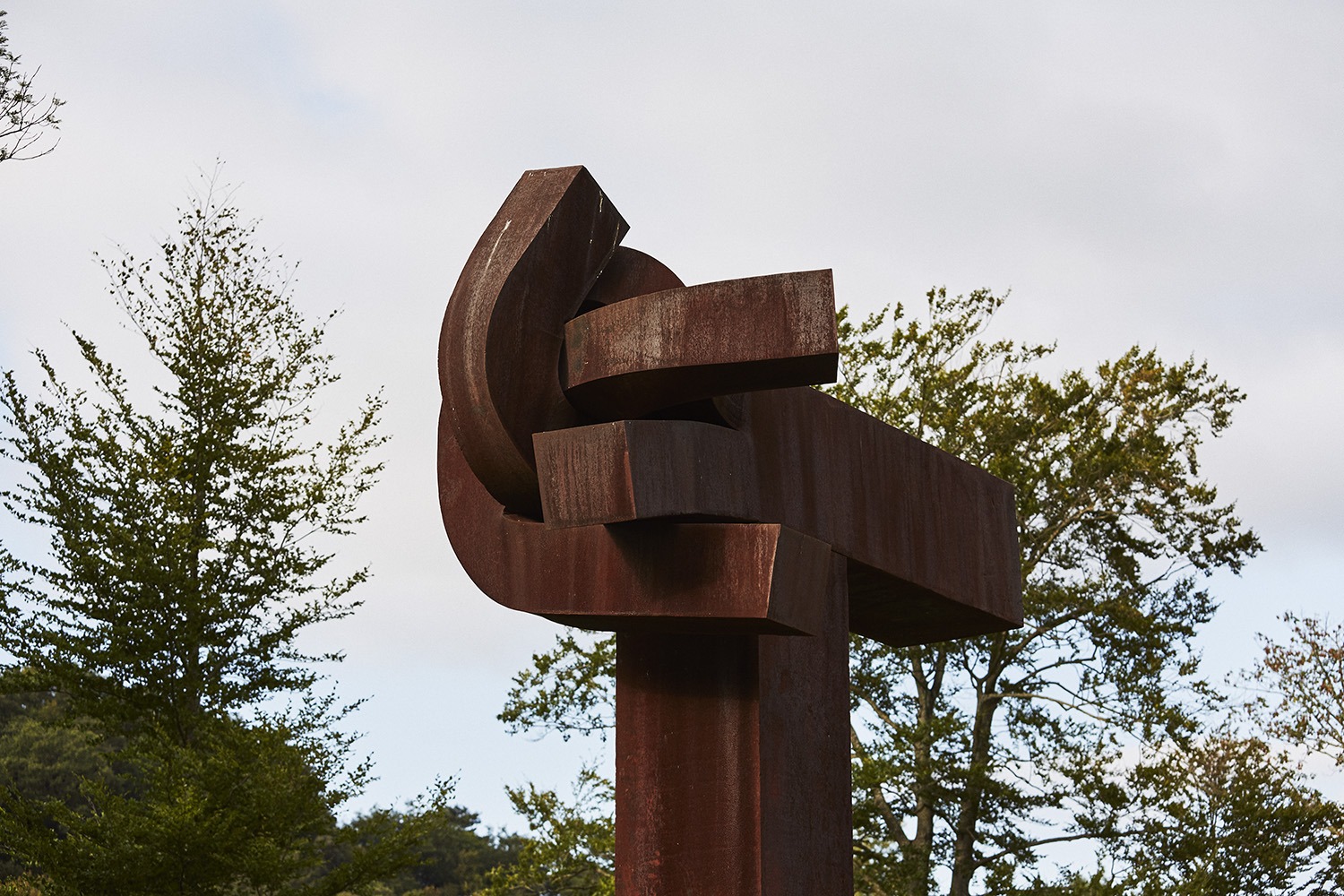
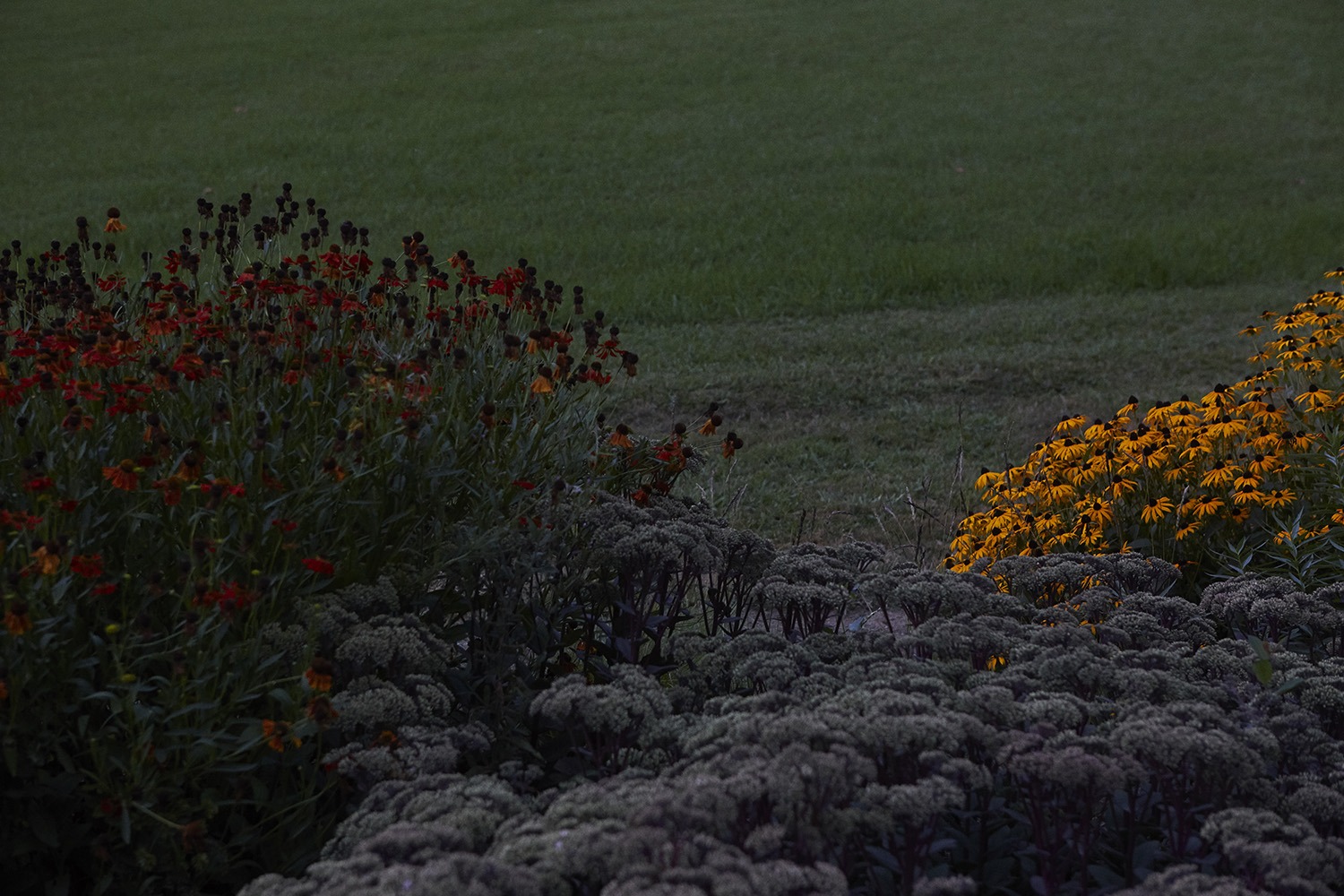
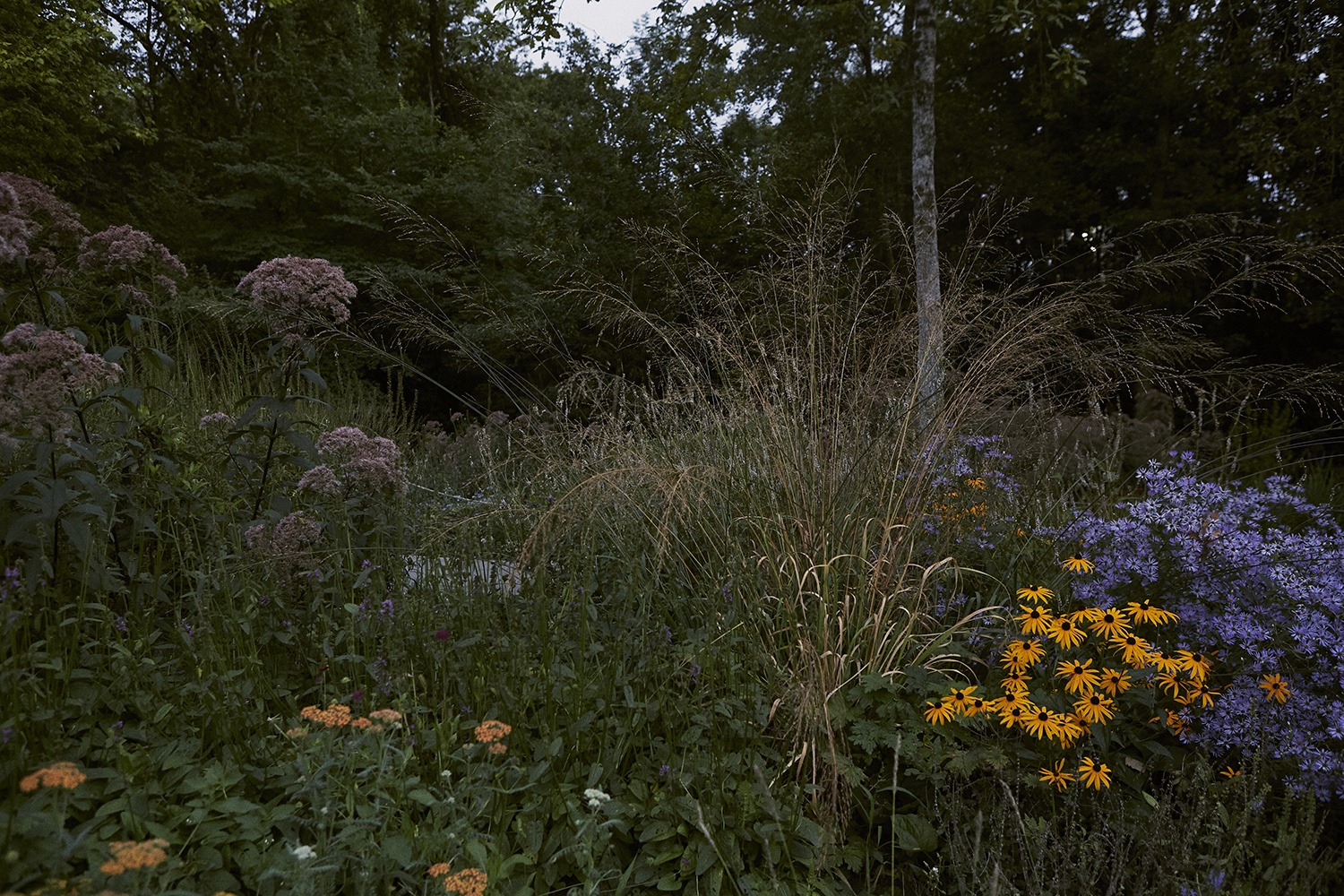
For Chillida, art was born out of intuition, never out of certainty. “The work for me is both answer and question … It’s not about ‘representing’ in a less perfect and even personal way what is apparent, what is known to all, but of penetrating, ‘presenting’ and bringing light where there was darkness,” he wrote in one of the many notes he left undated and unordered in his study. Compiled posthumously in Writings, Eduardo Chillida (La Fábrica, 2016), they are witnesses of constant rumination. He never stopped analysing his work, neither before nor after its completion. “I believe that known works are born dead and that adventure, on the edge of the unknown, is what can sometimes produce art.” Chillida Leku symbolises that non-linear journey —without time, without a date— that the sculptor made throughout his life “alert and free until the end, guided by a fragrance”.

